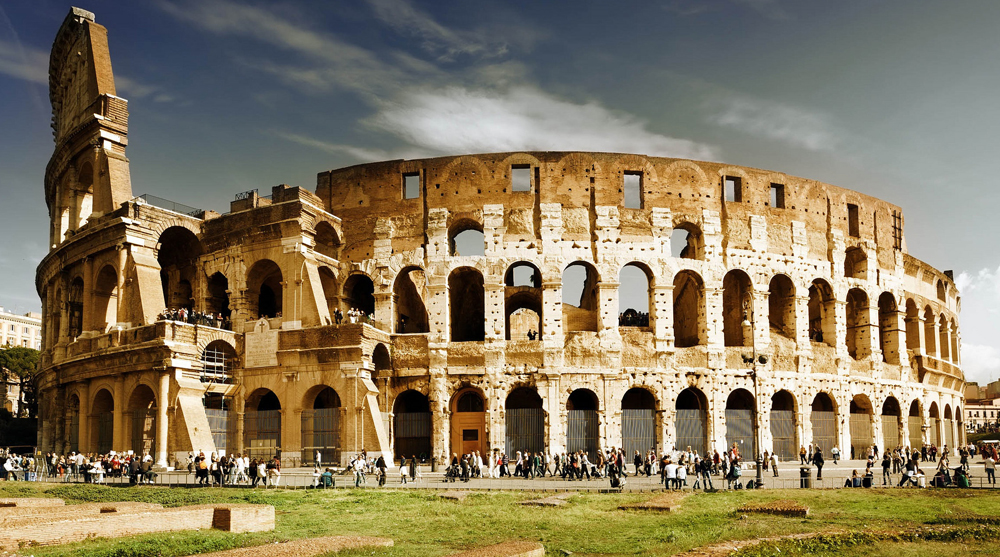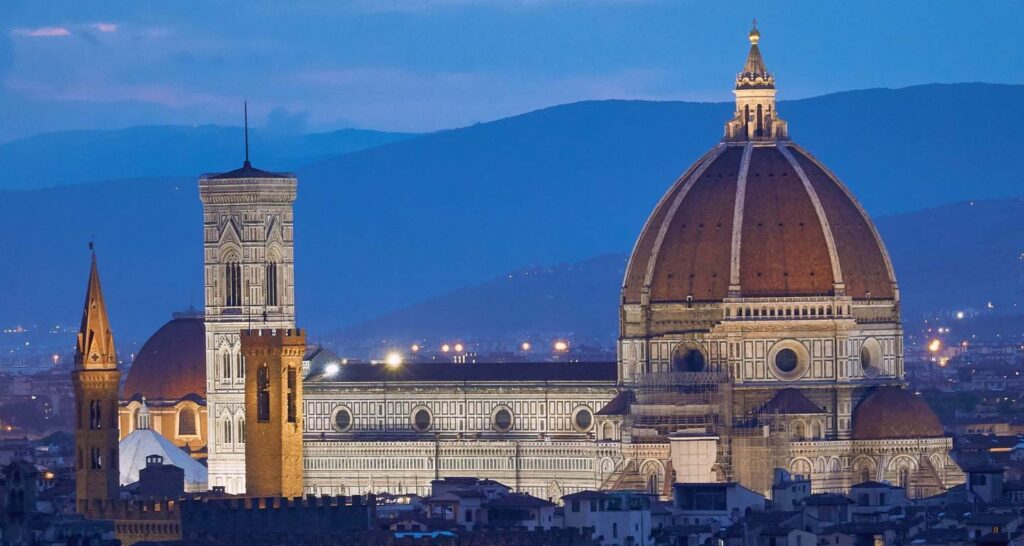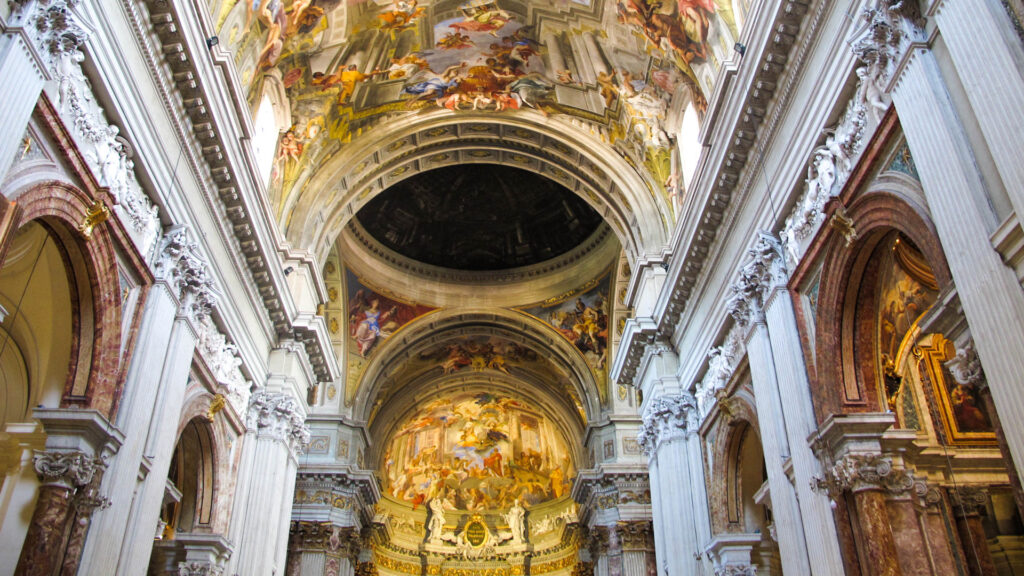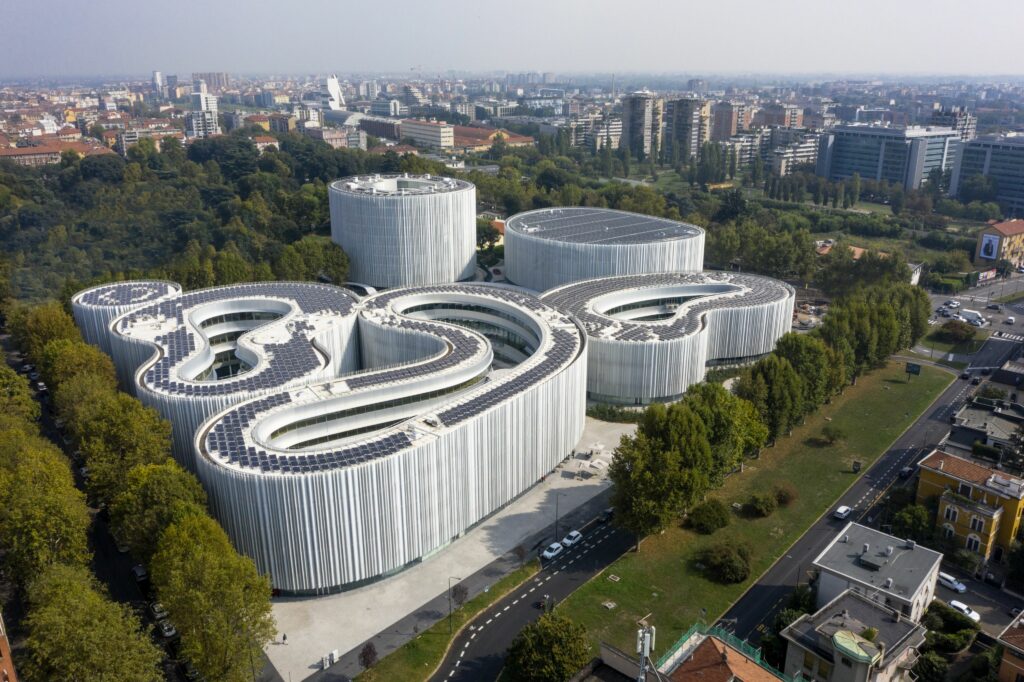Italy’s architectural landscape is a tapestry woven from centuries of history, reflecting the nation’s cultural evolution and artistic achievements. From the grandeur of Roman structures to the elegance of Baroque designs and the innovation of modern architecture, Italy’s buildings tell a captivating story.
Roman Architecture: The Foundation of Grandeur

Roman architecture laid the foundation for Italy’s architectural heritage. Notable for their engineering prowess, the Romans built iconic structures like the Colosseum in Rome, an enduring symbol of ancient ingenuity. The Pantheon, with its massive dome and oculus, exemplifies the Roman mastery of concrete construction and spatial design. These ancient edifices not only served practical purposes but also demonstrated the power and glory of the Roman Empire.
Renaissance Revival: A Flourish of Artistic Expression

The Renaissance period, spanning the 14th to the 17th century, marked a rebirth of classical principles fused with new artistic ideas. Florence, the heart of the Renaissance, is home to the magnificent Florence Cathedral (Duomo), designed by Filippo Brunelleschi. Its innovative dome, a marvel of engineering, became a defining feature of Renaissance architecture. The harmonious proportions and symmetrical layouts of Renaissance buildings, such as the Palazzo Pitti and the Uffizi Gallery, reflect the era’s emphasis on balance and beauty.
Baroque Splendor: The Drama of Design

The Baroque era, emerging in the late 16th century, brought a dramatic flair to Italian architecture. Characterized by intricate details, bold forms, and a sense of movement, Baroque buildings aimed to evoke emotional responses. Rome’s St. Peter’s Basilica, completed under the direction of Gian Lorenzo Bernini and others, epitomizes Baroque grandeur with its ornate façade and expansive colonnades. The Church of Sant’Ignazio di Loyola in Rome, with its illusionistic ceiling frescoes, showcases the Baroque penchant for theatricality and visual impact.
Modern Architecture: Innovation and Renewal

In the 20th and 21st centuries, Italian architecture embraced modernism while respecting its historical roots. Architect Renzo Piano’s work exemplifies this balance. The Parco della Musica in Rome, a complex of music venues, blends contemporary design with traditional materials. The Bosco Verticale (Vertical Forest) in Milan, designed by Stefano Boeri, integrates sustainable practices with modern aesthetics, featuring residential towers adorned with thousands of trees and plants.
Italy’s architectural journey is a testament to its ability to adapt and innovate while preserving its rich heritage. From the enduring legacy of Roman engineering to the artistic achievements of the Renaissance and the bold expressions of Baroque design, each era has left an indelible mark on the country’s built environment. Today, modern Italian architecture continues to inspire, demonstrating that Italy remains at the forefront of architectural excellence.
